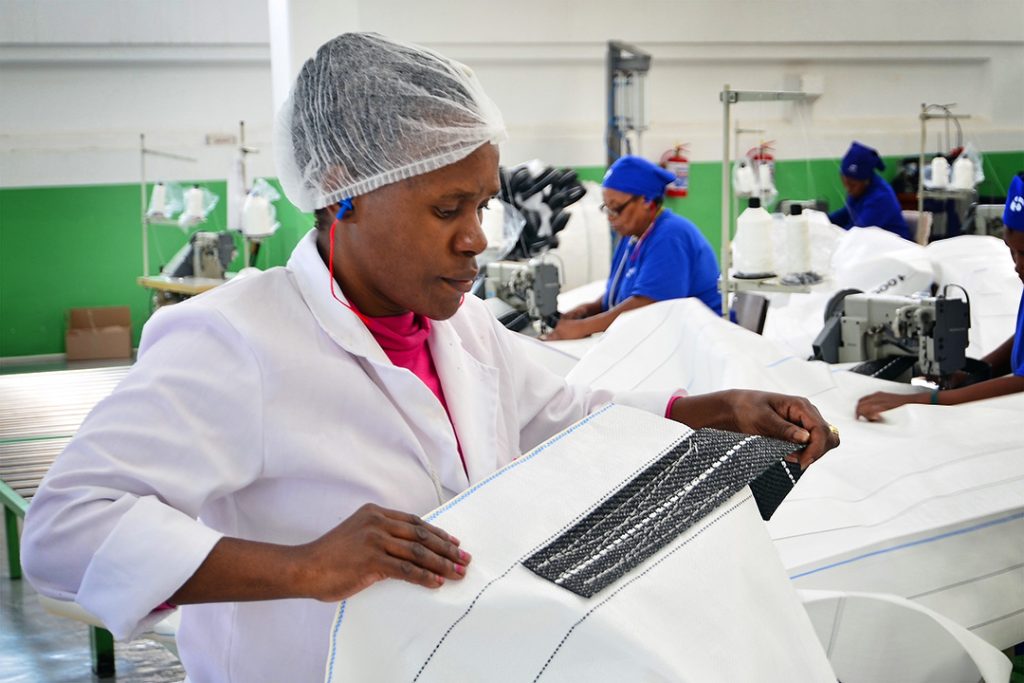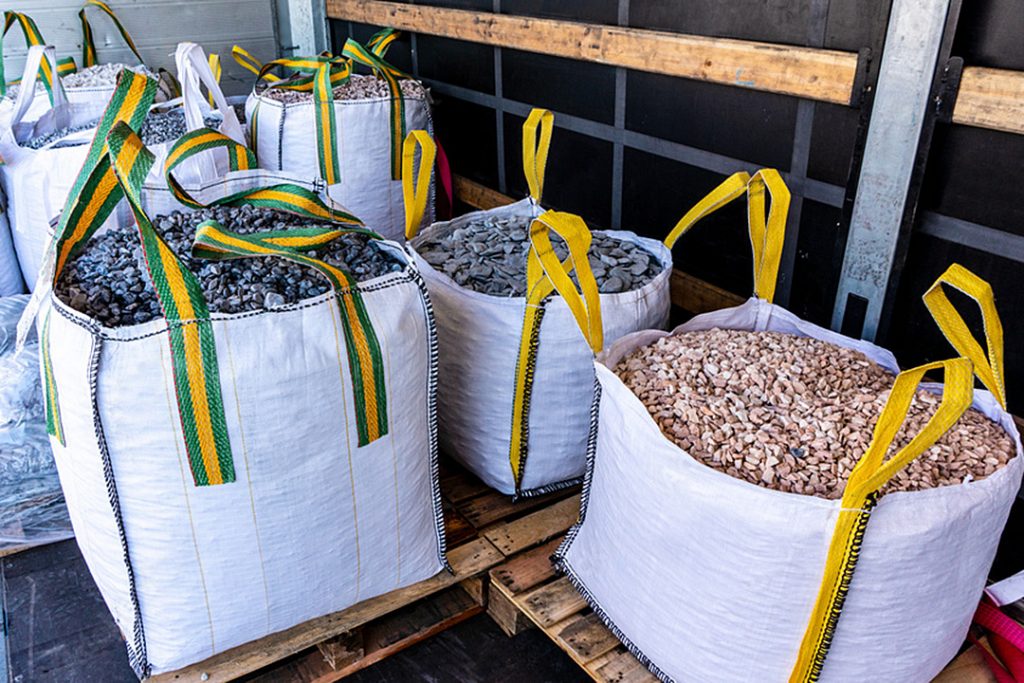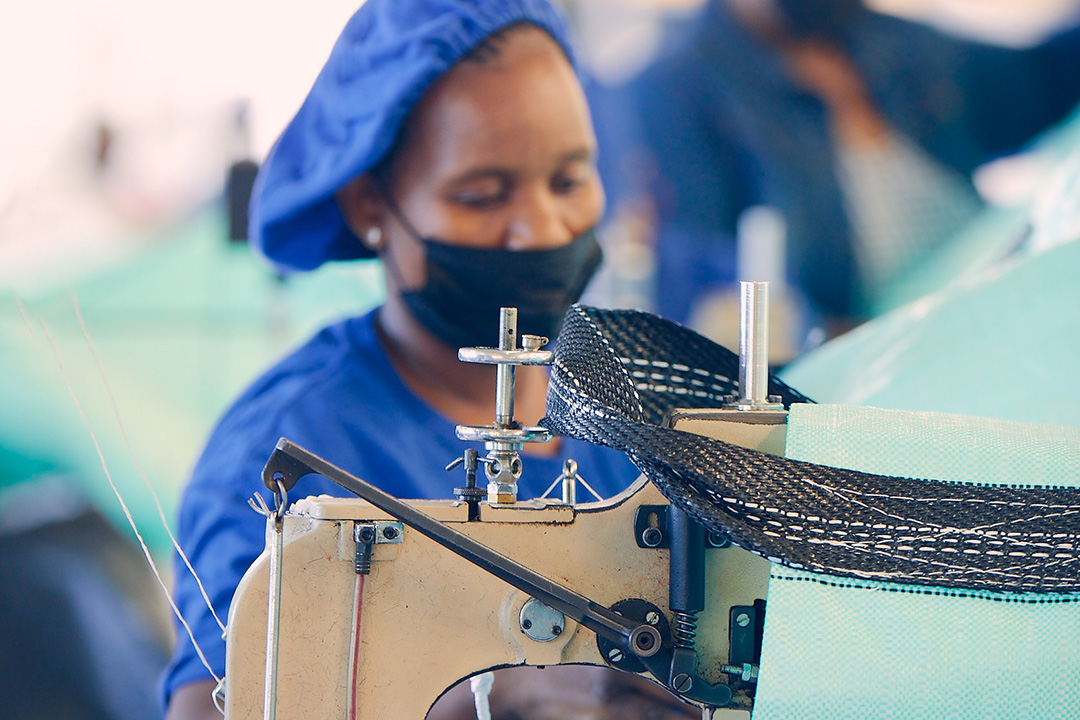Bulk bags may look simple at first glance, but there are many components that go into making these strong, durable and versatile packaging products. They are also called flexible intermediate bulk containers (FIBCs) and are used to store and transport large volumes of product weighing between 500kg and 2000kg.
Purchasers often look at the quality of the fabric and construction, as well as the many different optional extras available to customise their bulk bags, but one component that may be overlooked is the hem. This can impact the strength of the bag and its sifting properties, especially when FIBCs are stacked on top of one another.
Custom Bulk Bags is a South African manufacturer and supplier of FIBCs. We produce up to 3.5 million bulk bags every year – all of which have a minimum safety factor rating of 5:1 and are manufactured in line with international regulations and standards. The hem style that you choose can have an impact on the usability of your bulk bags, so here are some of the choices available:

Outside folded hem
This is the most common hem style used on FIBCs and is also called the butterfly fold. This is because the pieces of fabric on the outside of the hem can be pulled up, creating a shape that resembles a butterfly wing.
The outside folded hem consists of two pieces of fabric that are put together and their edges are folded outward before being sewn together. This edge style has adequate strength and allows the manufacturer to create the desired length. This is our recommended option for most applications and basic bulk bags.
Inside folded hem
This is another common edge style and is the opposite of the outside folded hem. Instead of folding the two fabric seams outwards, they are placed together and folded inwards before being sewn.
The inside folded hem has the benefit of being easier to stitch without the risk of missing the hem. It creates a strong seam that allows bulk bags to pass quality tests but it can also face the risk of pulling away from the stitch when the bag is filled with product.

J-fold hem
The J-fold hem gets its name from the J-like appearance, where both pieces of fabric are stitched to one side of the bulk bag. This edge style is often used when the material has a higher chance of sifting and where a tight seam is needed.
However, it is also susceptible to missed stitching as the inner fold of the fabric cannot be seen by the seamstresses. This means that tiny areas of the inside of the J-fold hem may not be stitched together properly. With proper training and care, this hem has the highest degree of sift-proofing and missed stitching is minimised.
These three hem styles have different properties and characteristics that suit specific applications. Speak to one of our expert bulk bag consultants before placing your order to see which hem style is ideal for your needs. Our consultants will guide you through the entire ordering process and answer any questions that you may have. For more information about our bulk bags, please contact us today.
___
Custom Bulk Bags is a leading South African manufacturer of woven polypropylene bags for various industries, such as mining, chemicals and food. We are able to produce over 3.5-million bulk bags per year, keeping our customers in stock at all times. Our bags adhere to the highest levels of quality as a result of our stringent in-house testing and quality control programmes.
Custom Bulk Bags holds ISO 9001 certification and we currently have a number of UN-certified designs. We are a Level 2 B-BBEE manufacturer and supplier and fall under the ownership structure of Deneb Investments Limited. For more information on our products, contact sales@custombulkbags.co.za. Follow us on Facebook for our latest news and industry insights.
